










Prepared by members of the Sustainability Committee



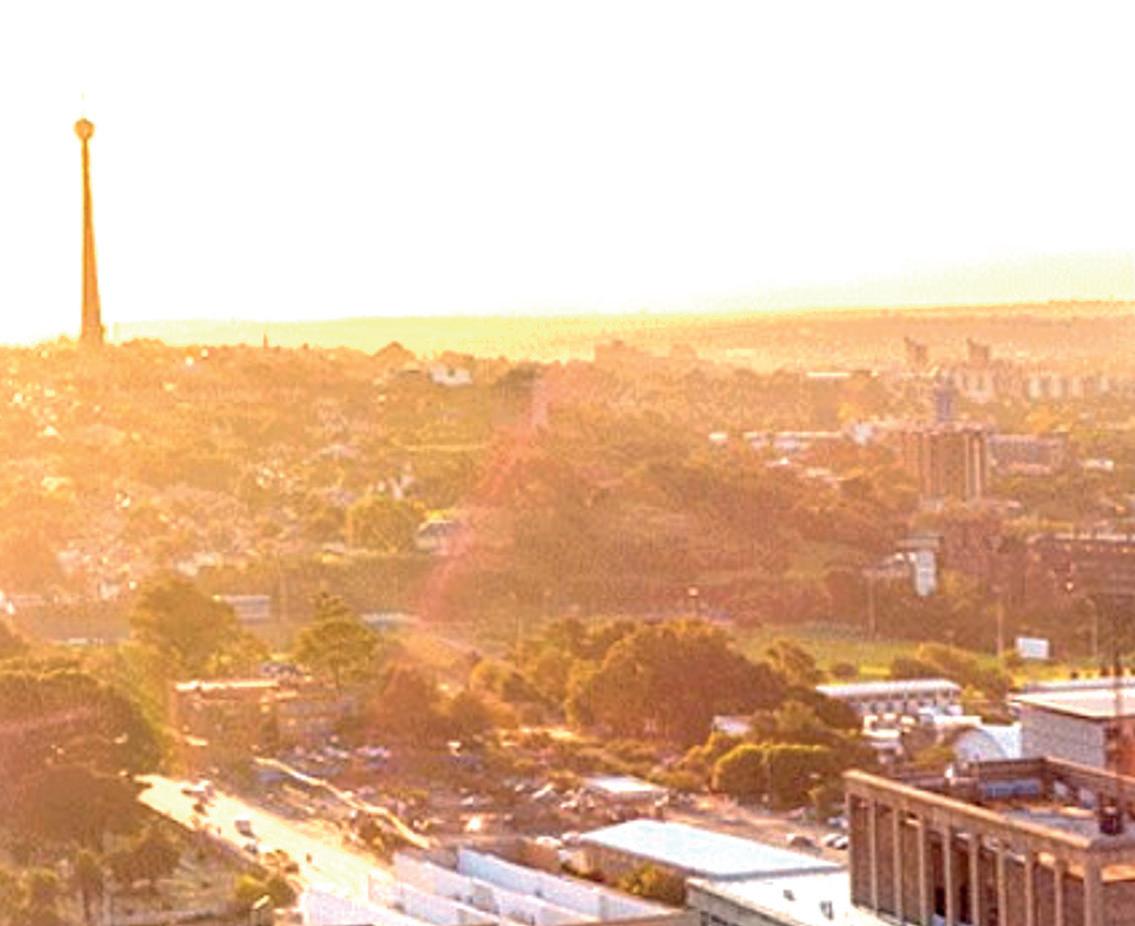




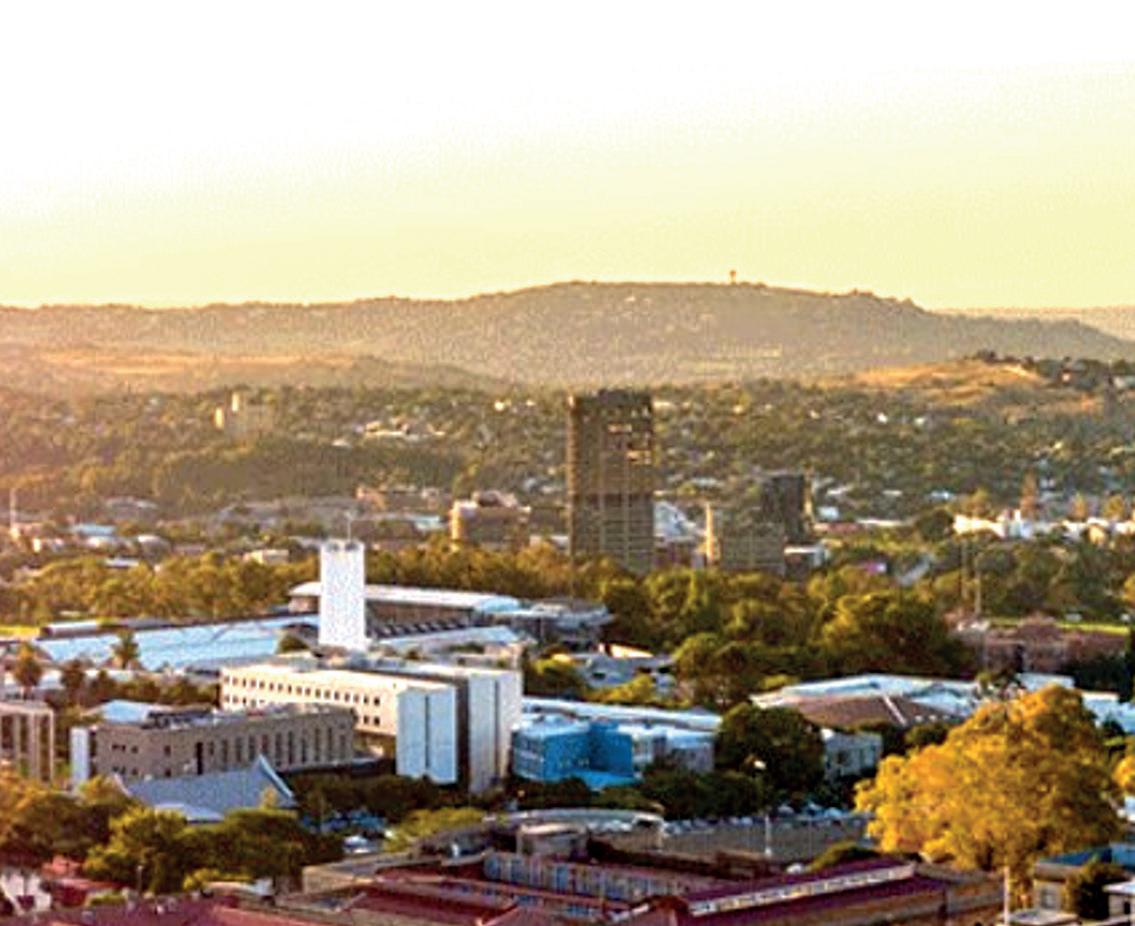





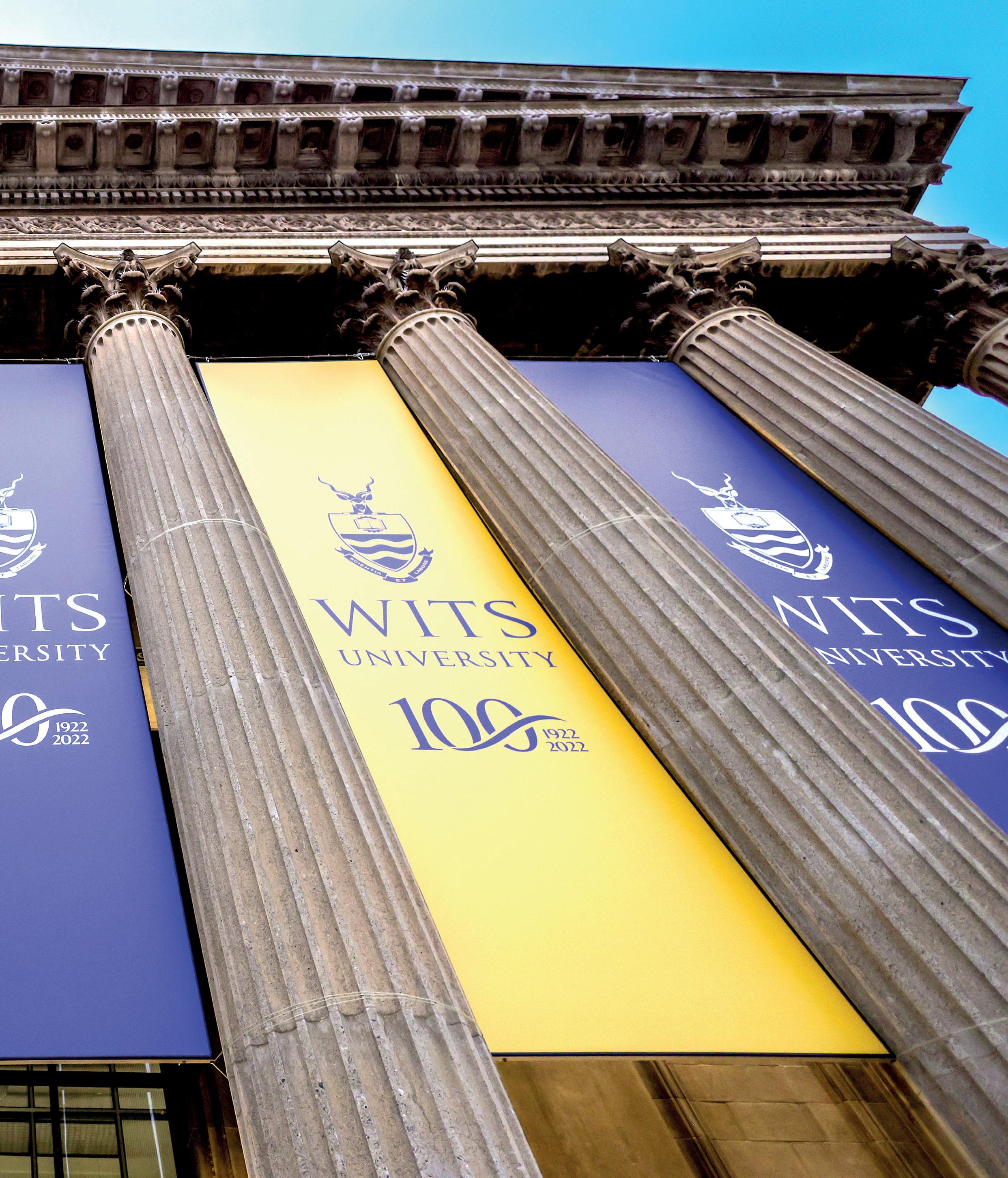
In November 2022, following a discussion at the Senate Meeting, a Sustainability Committee was set up by Prof. Imraan Valodia, Pro Vice-Chancellor for Climate, Sustainability and Inequality and Prof. Ian Jandrell, Deputy Vice-Chancellor for Systems and Operations to develop the Wits Sustainability Strategy and Vision for 2050. The committee was chaired by Prof. Mary Scholes and included representatives from all university constituencies including professional staff and students.
The committee met several times in the first quarter of 2023 to develop the draft Sustainabiilty Strategy. Prof. Mary Scholes took inputs from the discussions to develop a first draft of the strategy which then went through multiple rounds of reviews by the committee members. The draft was then presented at the Senior Management Group Meeting on 6 June 2023. Thereafter, it was approved at the Senate meeting in August 2023.
This document has 3 parts: an overall introduction which captures the context of our strategy, our vision for the 6 areas of research and teaching, energy, water, waste, transport and infrastructure, and then an implementation matrix as to how, by whom and when this vision can be reached in the near (2030) and longer (2050) time frames with a budget.
In 2022, the University Senate pledged that Wits would play a “transformative leadership role… in a just and equitable transition to a net zero-carbon economy… (with) ongoing analyses of our own carbon footprint… transforming the university into a living laboratory for just practices of sustainability”.
Wits prides itself on teaching, research and social responsibility, and we need to turn this into urgent action to achieve sustainability which is informed by science and driven by the Wits community.
Realising this commitment is made urgent by the unique challenges posed by the global climate emergency combined with homegrown energy and water crises that profoundly affect our already stressed society. The impact of the ongoing effects of past and current injustices intersecting with climate change and epidemics
threatens food security, urban development, local economies and livelihoods, with the worst effects likely to be borne by the most vulnerable. There are many national challenges and the success of this strategy will be partly dependent on the wider adoption of sustainability practices in society. We are aware that the geopolitical landscape and particularly the current energy crisis in South Africa may limit the full implementation of this strategy. With the looming threat of an El Nino cycle starting in late 2023 with high certainty of drought and related impacts, the urgency to act becomes even greater.

It is already clear that the sustainability of Wits as an institution in the context of the country’s energy crisis requires rapid and radical change to our energy use and generation. This provides Wits with superb opportunities to show leadership at home and in society at large where our reach extends across South Africa, regionally and internationally. Wits has a citizenry, expertise and resourcefulness equal to the challenge, provided we harness this capability and bring it to bear with ambitious vision, drive and commitment. Here we put forward a farreaching strategy and implementation plan as a springboard for our efforts, expecting that both strategy and plan will be monitored and regularly reviewed and strengthened, to ensure that, as an institution, we meet a global commitment to a net zero-carbon footprint by 2050, and that we demonstrate leadership in how the country and region can transform in order to meet these commitments.
Central to realising this commitment is motivation and buy-in across university communities – students and staff, schools and faculties, clubs, councils and campuses. We must secure a growing and engaged common awareness of sustainability issues, coupled with a determination to transform how we as Wits do business –teaching, research, policy and programme development, and engaging communities.
Exciting and ambitious, high-visibility flagship projects that make all Witsies proud can educate, innovate and develop knowledge and expertise, combined with wide-spread behaviour-change at every level, where nothing is too small to have an impact. Our approach must galvanise activity, creating opportunity and innovation that brings all on board – developing a University home where all belong. This strategy belongs to the entire Wits community.
Wits has a long history in excellent teaching and research activities; these findings must be used to support the implementation of the strategy. In the future, our teaching and world-class research activities must orient towards accomplishing this strategy. Our innovative research must be reflected in Wits’ practices. Wits will exemplify a leading socially and environmentally responsive Institution, of which we can be proud.
Wits has a crucial relationship with the city, country and region, and through our research leadership, engaged graduate citizens and own best practice must model strategies for a just transition for the country. The University must put in place a governance, monitoring and procurement process to facilitate the success of this strategy. This is no longer business as usual.
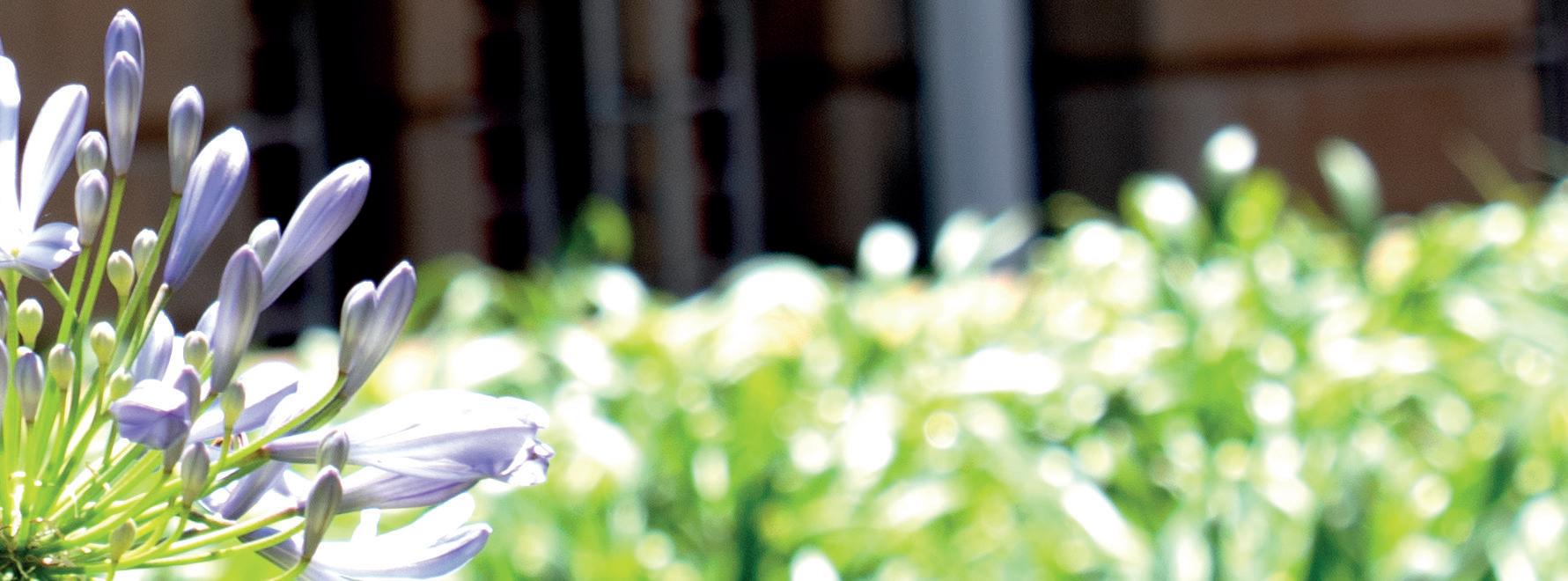

RESEARCH AND TEACHING:
Research and teaching experience at Wits will inform the implementation of the strategy and guide future planning, curriculum development and research activities.
ENERGY:
By 2050, through a full range of on- and off-site technologies and strategic partnerships, Wits will have net zero-carbon emissions and will have justly transitioned using a combination of diversified, sustainable, green and renewable technologies providing reliable energy supply and usage that has minimal impact on the environment.
WATER:
By 2050, Wits will improve its water consumption efficiency whilst reducing its reliance on fresh municipal supply by transitioning to water recycling and treatment, rainwater harvesting and boreholes.

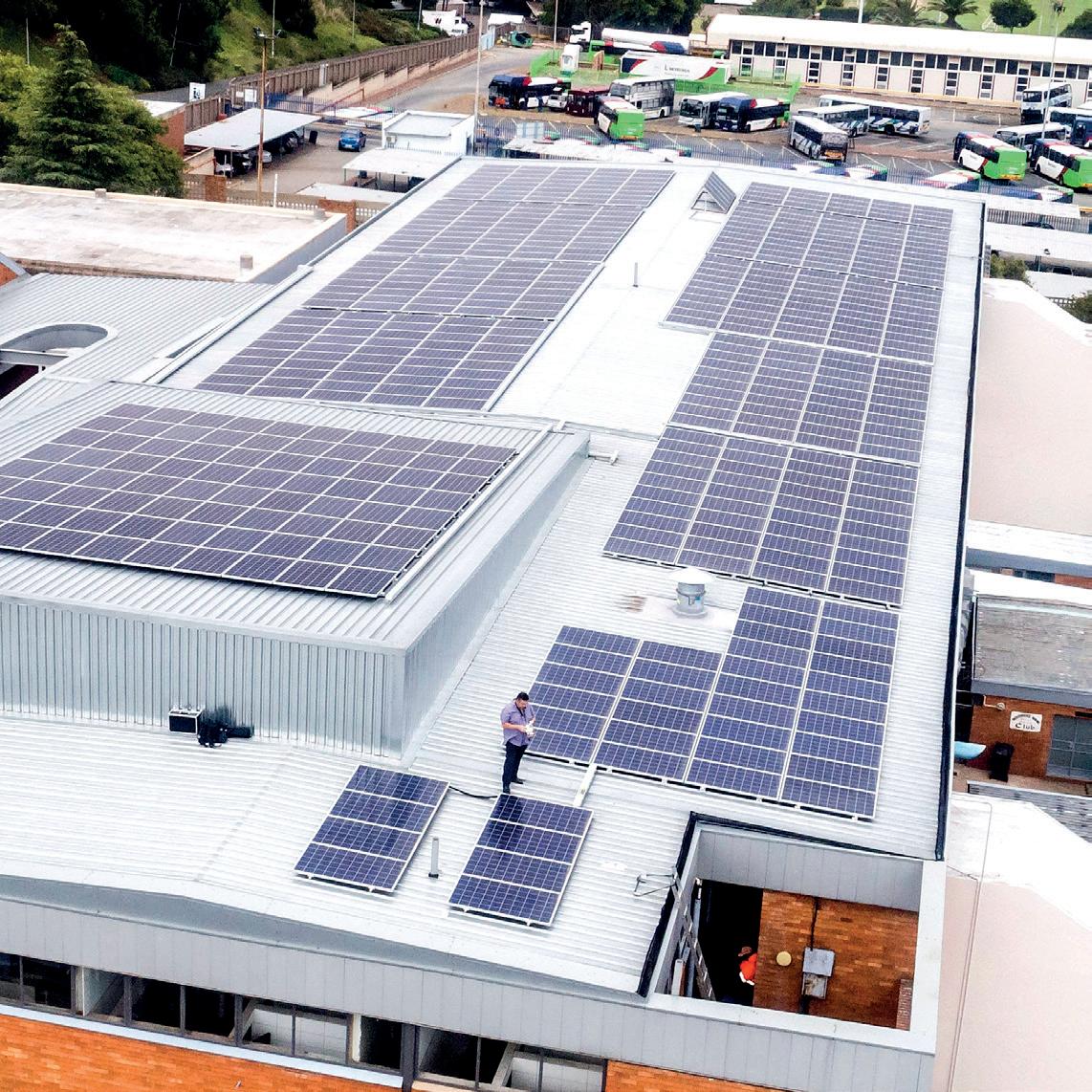

By 2050, Wits will have minimised waste to landfill. Wits will ensure a reduction in waste, through an integrated campus approach to reuse and recycle as much as possible, minimise food waste and, where appropriate, support local waste reclaimers and businesses in our community.
By 2050, most University vehicles transporting students will have been replaced by green energy vehicles by developing partnerships with donors and industry. Green charging stations will be available on all campuses for all electric vehicles. All campuses will be bicycle and pedestrian friendly with safe storage. The transport policies of the university need to be reviewed to include strategies to reduce carbon emissions.
By 2050, all systems must work towards the fulfillment of the strategy. Procurement systems and infrastructure plans must prioritise sustainable principles which include transparency, including the treatment and creation of a green campus, with green roofs, water capture, planting with indigenous species and food gardens. Ethical procurement is essential. Sustainable products should be used and green building codes should be applied to all renovations and new installations.
Lucy Allais
Sally Archibald
Dave Billing
Tshiamo Chuma Wits SRC Secretary General (2022/23)
David Everatt
Jennifer Fitchett
Jason Huang
Ian Jandrell
Mpedi Kumalo
Reshma Lakha-Singh
Israel Mogomotsi
Mike Muller
Tumai Murombo
Laura Pereira
Mary Scholes (Chair)
Jerome September
Craig Sheridan
Julia Taylor
Stephen Tollman
Imraan Valodia
Buhle Zuma

The below matrix presents a high-level summary of the proposed activities required to achieve the 2050 vision statements for each identified sustainability focus area which are energy, water, waste, transport and infrastructure. It is critical to start with developing a comprehensive understanding of the extent of Wits’ operations with respect to each focus area before a masterplan for each focus area can be developed.
General
General
General
General
Gather and analyse operational data and infrastructure information for each sustainability category to better understand the extent of the operation and infrastructure and its respective challenges.
Develop a better understanding of the current and future environment for policy and regulations related to each sustainability category.
The ongoing review and / or development of masterplans for each sustainability category in order to achieve the 2050 visions. Masterplans must include short, medium and long-term plans, and includes technology interventions, improvement to the university’s operations, academic and research programme development, and people engagement.
Identify and deploy appropriate technological interventions and improve operational efficiency in order to achieve the 2050 vision for each sustainability category.
General Seek partnerships and or partnerships with both public and private (local and foreign) across all sustainability categories for funding and shared benefits.
The assessment of the university’s bulk energy infrastructure which includes its current condition, capacity, measurement and monitoring, dependencies (ownership and shared services), operation and maintenance, and remaining useful/reliable lifespan.
Energy
Energy
Energy
Energy
Review and expansion of energy audits previously conducted for all buildings to update building information, and expand on the study to include the analysis of the actual building usage, and people behaviour.
Research and develop a better understanding of the current and future environment for policy and regulations that impact the university’s energy strategy, its operational environment, and any potential benefits or constraints that are expected to arise in the long-term.
Review of the existing master plan for energy which currently includes bulk infrastructure interventions only. The master plan should be expanded to include interventions in operational efficiency, the academic and research programme, and people awareness and incentive programme. The masterplan should be periodically reviewed and updated in order to stay relevant.
Identify and deploy appropriate technological interventions and improve operational efficiencies in order to achieve the 2050 vision of transitioning towards net zero carbon emissions. Interventions include but are not limited to:
• Maximising renewable power generation technologies.
• Deploying transition power generation technologies (e.g. gas generation, co- and tri-generation) optimisation and renewal of infrastructure.
• Introducing energy storage technologies.
Energy
• Increase deployment of power measurement and monitoring equipment.
• Smart building management systems (load management).
• Deploying more energy efficient lighting, space and water heating and cooling technologies; and improving operational efficiency in space utilisation and related consumption efficiencies.
Explore partnership and sponsorship opportunities with the city, industry and corporate partners, local and global sustainability / climate funds, and individuals.
Energy
Energy
Energy
Implement an awareness and incentive campaign for the university community by sharing energy consumption information, and incentivising staff and students to reduce their energy consumption.
Develop research programmes for more sustainable energy sources, energy distribution, energy management, energy storage, recycling of materials related to relevant technology, carbon capture.
The masterplan will then set out the strategy to achieve the 2050 vision through short, medium and long-term initiatives which include technological interventions, operational improvements, strategic partnerships and people engagement. A masterplan for the energy focus area already exists, and will be reviewed to align with the broader vision. The masterplans for the other focus areas still need to be developed.
Information Gathering & Planning.
Strategy
Technological Intervention & Operational Efficiency.
People engagement
Information Gathering & Planning
Information Gathering & Planning
Information Gathering & Planning
Strategy
Technological Intervention & Operational Efficiency.
• Poor availability of building/asset information.
• Lack of historic operational/maintenance records.
• Large number of buildings (400+).
• Poor availability of building/asset information.
• Metering per building only, not further downstream.
None foreseen
None foreseen
• Limited implementation capacity.
• Limited financial resources.
• Working in a live operational environment.
-Low: <R10 mil
-Medium: R10 mil
to R100 mil
-High: >R100mil
Partnerships
None foreseen
People Engagement
Academic and Research.
None foreseen
• Financial feasibility / business case
EXPECTED TIMEFRAMES
-Short: 1-3 years
-Medium: 4-7 years -Long: 8 years + -Ongoing
PRIORITY
1: High - critical
2: Mediumshould do
3: Low - nice to have
The technological interventions identified is expected to be diverse, with varying levels of impact, complexity to implement and operate, cost and timeframes for implementation. Interventions to be prioritised based on a balanced consideration of these factors.
The university should not wait for external support. It needs to start immediately through own funds where possible.
Efforts need to continue for the impact to be sustained given the natural student turnover.
Water
Water
Water
Water
Water
Water
Water
Waste
Waste
Waste
Waste
Conduct water consumption audits for all buildings to understand the current water sources, usage and identify areas of inefficient consumption, and any leaks that need to be investigated and addressed.
Waste
Research and develop a better understanding of the current and future environment for policy and regulations that impact the university’s water strategy, its operational environment, and any potential benefits or constraints that are expected to arise in the long-term.
Develop a masterplan for water in order to achieve the 2050 vision. The masterplan should include bulk infrastructure improvements and renewal, technological interventions, improvement of consumption efficiency, related academic and research programme activities, and people awareness and incentive programme. The masterplan should be periodically reviewed and updated in order to stay relevant.
Identify and deploy appropriate technological interventions and improve operational efficiencies in order to achieve the 2050 vision of minimising water consumption, reducing reliability on municipal supply, and only discharging clean water from campus. Interventions include but are not limited to:
• Deployment of water metering
• Water infrastructure repairs and renewal
• Usage of borehole water for groundskeeping
• Usage of grey water
• Rainwater harvesting
• Ground/grey water and wastewater treatment
• Transitioning landscape vegetation to plants with lower water requirements
• water efficient technologies and fittings bulk/local water storage
Explore partnership and sponsorship opportunities with the city, industry and corporate partners, local and global sustainability / climate funds, and individuals.
Implement an awareness and incentive campaign for the university community by sharing water consumption information, and incentivising staff and students to reduce their water consumption.
Develop research programmes for water treatment, water harvesting, water distribution and fittings, water management, and water storage.
The assessment of the university’s bulk waste facilities which includes its current condition, capacity, measurement and monitoring, dependencies (ownership and shared services), operation and maintenance, and remaining useful/reliable lifespan.
Conduct audits on waste generated on campus and for all buildings to understand the current volumes and types of waste being generated at the source.
Waste
Research and develop a better understanding of the current and future environment for policy and regulations that impact the university’s waste strategy, its operational environment, and any potential benefits or constraints that are expected to arise in the long-term.
Develop a masterplan for waste in order to achieve the 2050 vision. The masterplan should include bulk facilities upgrades and expansion, operational planning for waste management and collection, technological interventions, reduction of waste, related academic and research programme activities, and people awareness and incentive programme. The masterplan should be periodically reviewed and updated in order to stay relevant.
Identify and deploy appropriate technological interventions and improve operational efficiencies in order to achieve the 2050 vision of zero waste to landfill. Interventions include but are not limited to:
• Upgrade of the existing recycling facility to increase capacity.
• Rollout of appropriate category bins so separation of waste can be done at source -introduce vendor contractual clauses to restrict types of materials, packaging and waste.
• Introduce vendor contractual clauses to incentivise minimising waste.
Explore partnership and sponsorship opportunities with the city, industry and corporate partners, local and global sustainability / climate funds, and individuals.
Information Gathering & Planning.
• Large number of buildings (400+).
• Poor availability of building services.
• Poor availability of historic consumption data.
Technological Intervention & Operational Efficiency.
• Limited implementation capacity.
• Limited financial resources.
• Working in a live operational environment.
Academic and Research.
Information Gathering & Planning.
Information Gathering & Planning.
• Financial feasibility / business case.
• Poor availability of building/asset information.
• Poor as-built bulk services information.
• Lack of historic operational/maintenance records.
• Large number of buildings (400+).
• Poor availability of building services.
• Poor availability of historic consumption data.
Technological Intervention & Operational Efficiency.
The technological interventions identified are expected to be diverse, with varying levels of impact, complexity to implement and operate, cost and timeframes for implementation. Interventions to be prioritised based on a balanced consideration of these factors.
The university should not wait for external support. It needs to start immediately using own funds where possible.
Efforts need to continue for the impact to be sustained given the natural student turnover.
Partnerships
• Limited implementation capacity.
• Limited financial resources.
• Working in a live operational environment.
The technological interventions identified are expected to be diverse, with varying levels of impact, complexity to implement and operate, cost and timeframes for implementation. Interventions to be prioritised based on a balanced consideration of these factors.
The university should not wait for external support. It needs to start immediately using own funds where possible.
Transport
Transport
Transport
Transport
Transport
Transport
Transport
Infrastructure & Procurement
Infrastructure & Procurement
Infrastructure & Procurement
Infrastructure & Procurement
Infrastructure & Procurement
Infrastructure & Procurement
Infrastructure & Procurement
Conduct a transport and travel audit on all university owned or contracted fleet vehicles and buses to identify areas of inefficient use of vehicles. The audit should include the types of vehicles and their efficiencies, the infrastructure required and human resources associated with vehicles such as the parking areas, bus depot, electric charging stations, service and washing areas, refueling areas, and administration and staff support areas.
Conduct a transport study on the university community’s means of transport to-and-from the campuses to better understand the current reliance on public transport, private vehicles, university fleet, sharing arrangements, bicycles, and walking. The existing supporting infrastructure should be assessed such as access and egress, parking areas (covered, reserved, restricted, open), and the movement study to better understand areas preferred routes, and potential areas of congestion.
Research and develop a better understanding of the current and future environment for policy and regulations that impact the university’s transport strategy, its operational environment, and any potential benefits or constraints that are expected to arise in the long-term.
Identify and deploy appropriate technological interventions and improve operational efficiencies in order to achieve the 2050 vision of transitioning away from full combustion vehicles for Wits fleet vehicles and privately owned vehicles, encouraging cycling and walking where possible. Interventions include but are not limited to:
• Development of charging stations in support of electric vehicles and buses.
• Campus improvements to be more bicycle and pedestrian friendly.
• Introducing storage and ablution facilities for cyclists.
• Student/staff incentive for transitioning to hybrid / electric vehicles.
• Explore expansion of bus routes to include key public transport areas e.g. public bus routes, Gautrain
• Introduce supplier/contractor vehicle restrictions in their contracts..
Explore partnership and sponsorship opportunities with the city, industry and corporate partners, local and global sustainability / climate funds, and individuals.
Implement an awareness and incentive campaign for the university community by sharing transport information, and incentivising staff and students to reduce their transport footprint.
Develop research programmes for hybrid / electric vehicle or bicycle technology.
Conduct audit on all buildings and spaces on campus to better understand the current composition of the campus in terms of building materials, hazardous substances, vegetation and biodiversity, linked to the consumption of various natural resources. The audit will indicate the amount of green building / campus principles currently adopted.
Conduct audit of all procurement practices to better understand the level of sustainable procurement principles are currently in place.
Research and develop a better understanding of the current and future environment for policy and regulations that impact the university’s infrastructure and procurement strategy, its operational environment, and any potential benefits or constraints that are expected to arise in the long-term.
Develop a masterplan for the development of sustainable infrastructure standards and specifications, operational practices and procurement practices in order to achieve the 2050 vision of creating a greener and sustainable campus. The developed policies, guidelines and practice notes should b adopted in all refurbishments, extensions, redevelopments, new buildings and landscaping on campus.
Explore partnership and sponsorship opportunities with the city, industry and corporate partners, local and global sustainability / climate funds, and individuals.
Implement an awareness and incentive campaign for the university community by sharing transport information, and incentivising staff and students to reduce their transport footprint.
Develop research programmes for sustainable alternative materials and substances, the treatment and creation of green campus elements, and the efficient harnessing of natural resources.
Information
Technological Intervention & Operational Efficiency.
• Limited implementation capacity.
• Limited financial resources.
• Working in a live operational environment.
• Fully electric vehicles will need to consider the national power crisis.
The technological interventions identified are expected to be diverse, with varying levels of impact, complexity to implement and operate, cost and timeframes for implementation. Interventions to be prioritised based on a balanced consideration of these factors.
The university should not wait for external support. It needs to start immediately using own funds where possible. People Engagement
Efforts need to continue for the impact to be sustained given the natural student turnover.
•
Academic and Research
The university should not wait for external support. It needs to start immediately using own funds where possible. People
Ongoing1Efforts need to continue for the impact to be sustained given the natural student turnover. Academic
